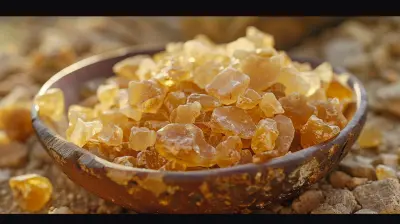Tea Tree Oil: A Miraculous Remedy for Skin and Scalp
24 October 2025
Let’s take a moment to talk about something that’s been quietly sitting in your beauty drawer or health store aisle—tea tree oil. It's not flashy, it doesn't come in a diamond-studded bottle, but oh boy, it works wonders. Whether your skin's been throwing tantrums or your scalp feels like it's staging a protest, tea tree oil often steps in like a calm superhero—low-key but powerful.
In this article, we’re diving deep into why tea tree oil is considered a miraculous remedy for both skin and scalp. So, grab a cup of herbal tea (pun intended), sit back, and let’s unpack the powers of this little bottle of nature’s magic.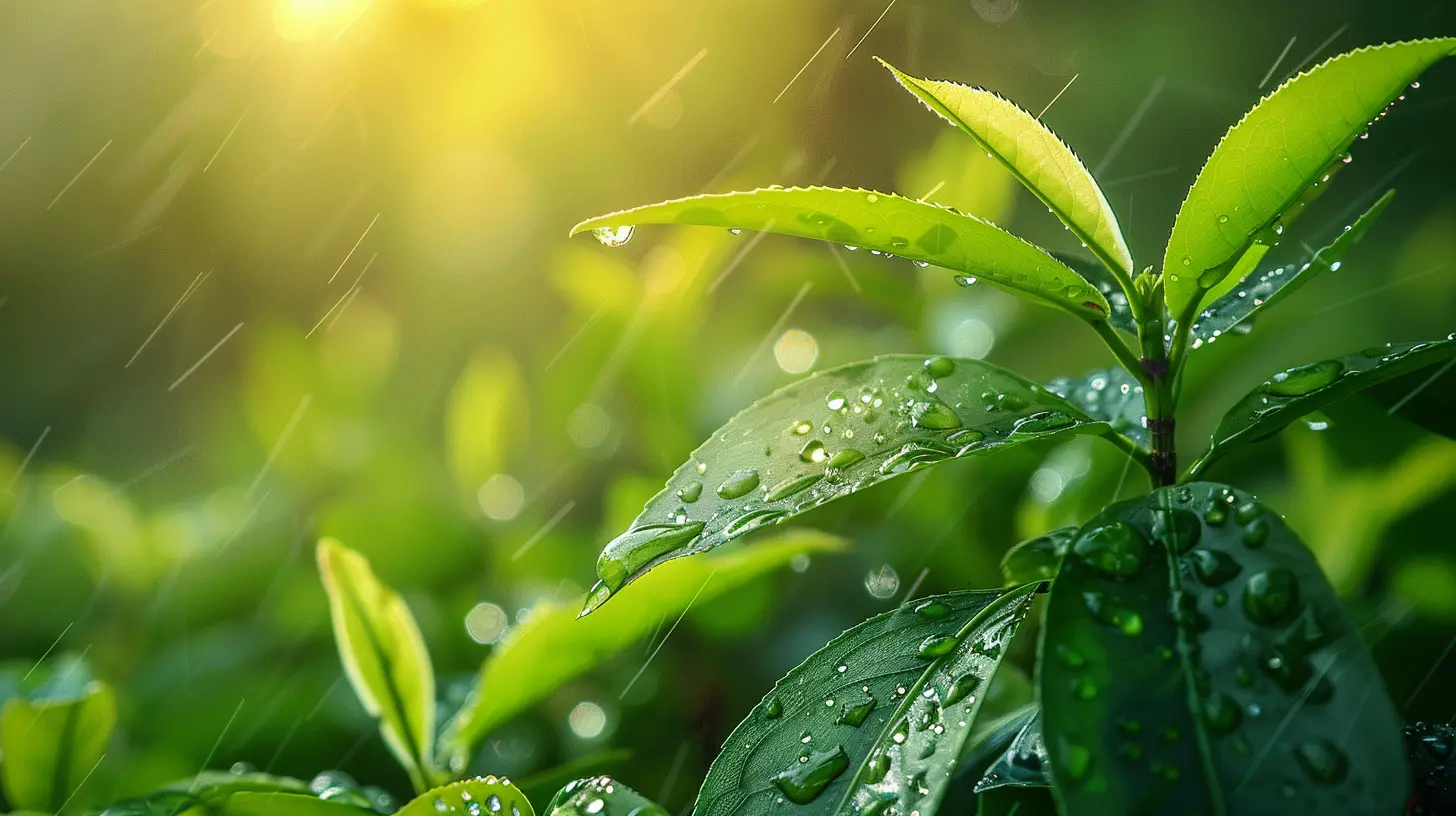
🌿 What Is Tea Tree Oil, Really?
First things first: what exactly is tea tree oil?Tea tree oil, also known as melaleuca oil, is an essential oil distilled from the leaves of the Australian native plant Melaleuca alternifolia. Sounds fancy, huh? But don't let the long name scare you. In simple words, it's a natural extract that's been used for centuries, especially by Indigenous Australians for its potent healing properties.
You’ll usually find tea tree oil in a clear or amber-colored bottle. It has a strong, medicinal scent—kind of fresh, spicy, and earthy all at the same time. It's not something you'd wear as perfume, but your skin and scalp love it!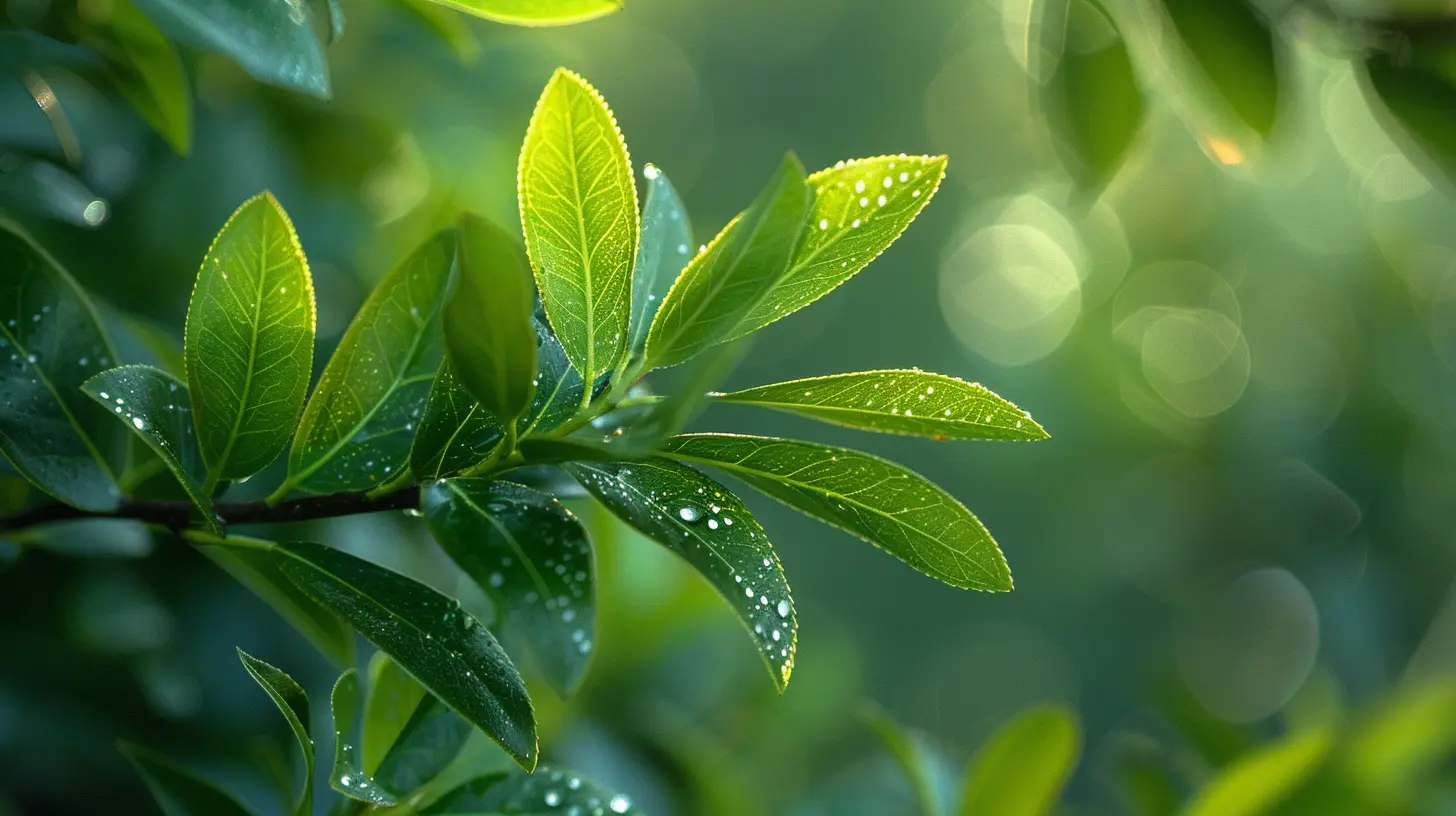
🔬 Why Is Tea Tree Oil So Effective?
The secret lies in its components. Tea tree oil contains over 100 different chemical compounds, but the real MVP here is something called terpinen-4-ol. This compound gives tea tree oil its antimicrobial, anti-inflammatory, antiviral, and antifungal magic.Imagine your skin or scalp dealing with bacteria, dirt, and inflammation like a battlefield. Tea tree oil is like that vigilant sentry guarding the territory, stopping intruders before they cause chaos.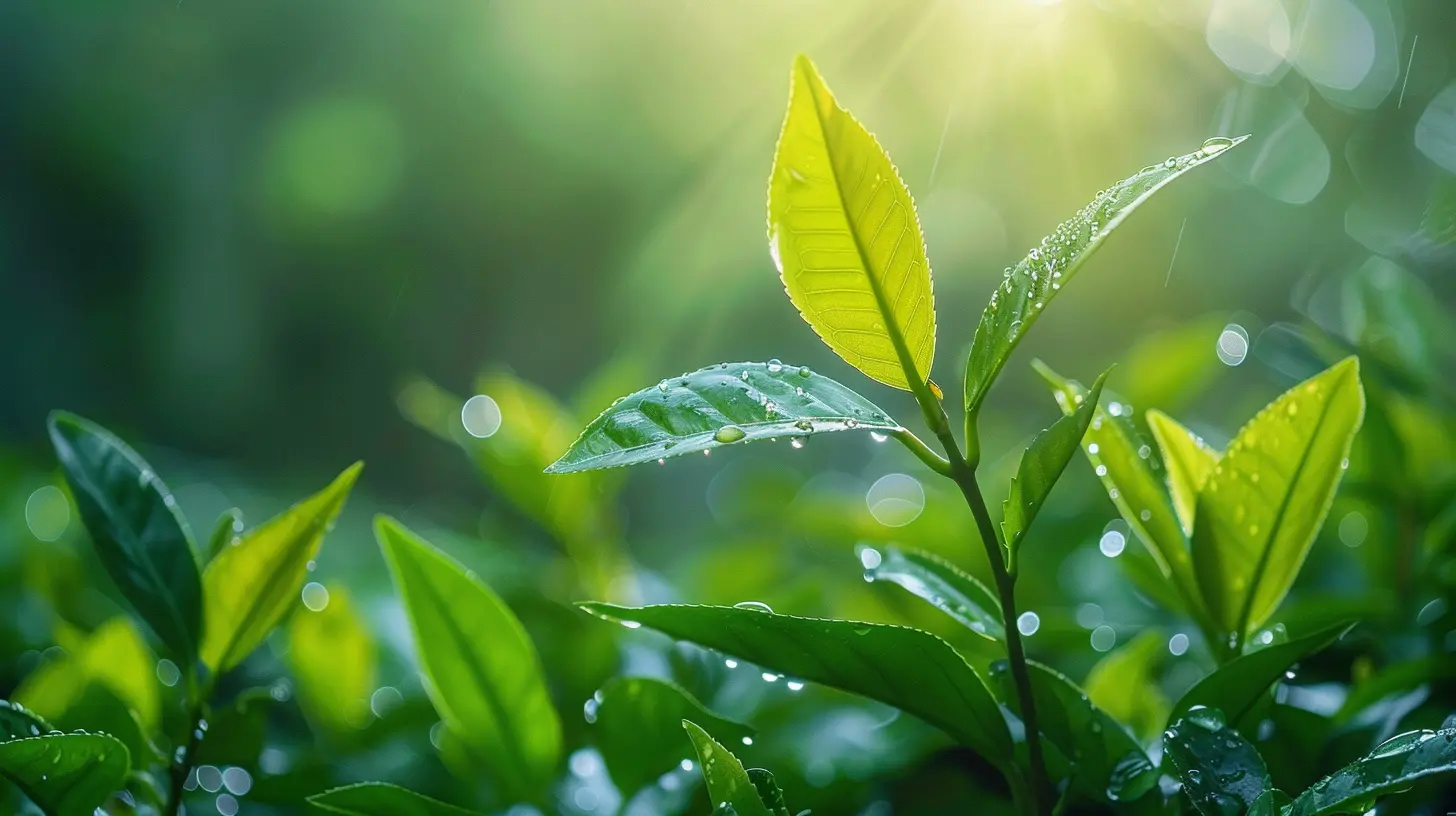
💆♀️ Tea Tree Oil for the Skin: The Natural Glow-Up
Let’s get personal—because we all have skin issues at some point. Acne? Dry patches? Redness? Irritation? Tea tree oil doesn’t judge; it just goes to work.1. Goodbye, Acne. Hello, Confidence.
One of the most well-known uses of tea tree oil is for treating acne. It works like a charm—no exaggeration.Many studies have shown that tea tree oil is just as effective as benzoyl peroxide (a common acne medication), but with way fewer side effects like redness, peeling, or dryness. It unclogs pores, reduces inflammation, and kills acne-causing bacteria. Win-win-win!
How to use it: Mix a few drops with a carrier oil like jojoba or coconut oil, then dab it on the affected areas. Just don’t go pouring it on directly—it’s potent stuff.
2. Soothe Inflammation and Irritation
Got bug bites, itchy patches, or sunburn? Tea tree oil’s anti-inflammatory properties do a great job calming the skin down. It’s like putting ice on a burn—only better-smelling!You can also use it to manage mild eczema or psoriasis, thanks to its ability to reduce redness and stop the urge to scratch your skin off (been there, done that).
3. Fade Those Pesky Scars
Healing acne is one thing, but dealing with scars is a whole other level of skin drama. Tea tree oil helps speed up the healing process and can fade hyperpigmentation and scars with consistent use.4. Natural Deodorant and Germ Fighter
Here’s a cool hack: if you’re into natural living, tea tree oil makes a great addition to DIY deodorants. Its antimicrobial power helps kill odor-producing bacteria. No chemicals, just clean vibes.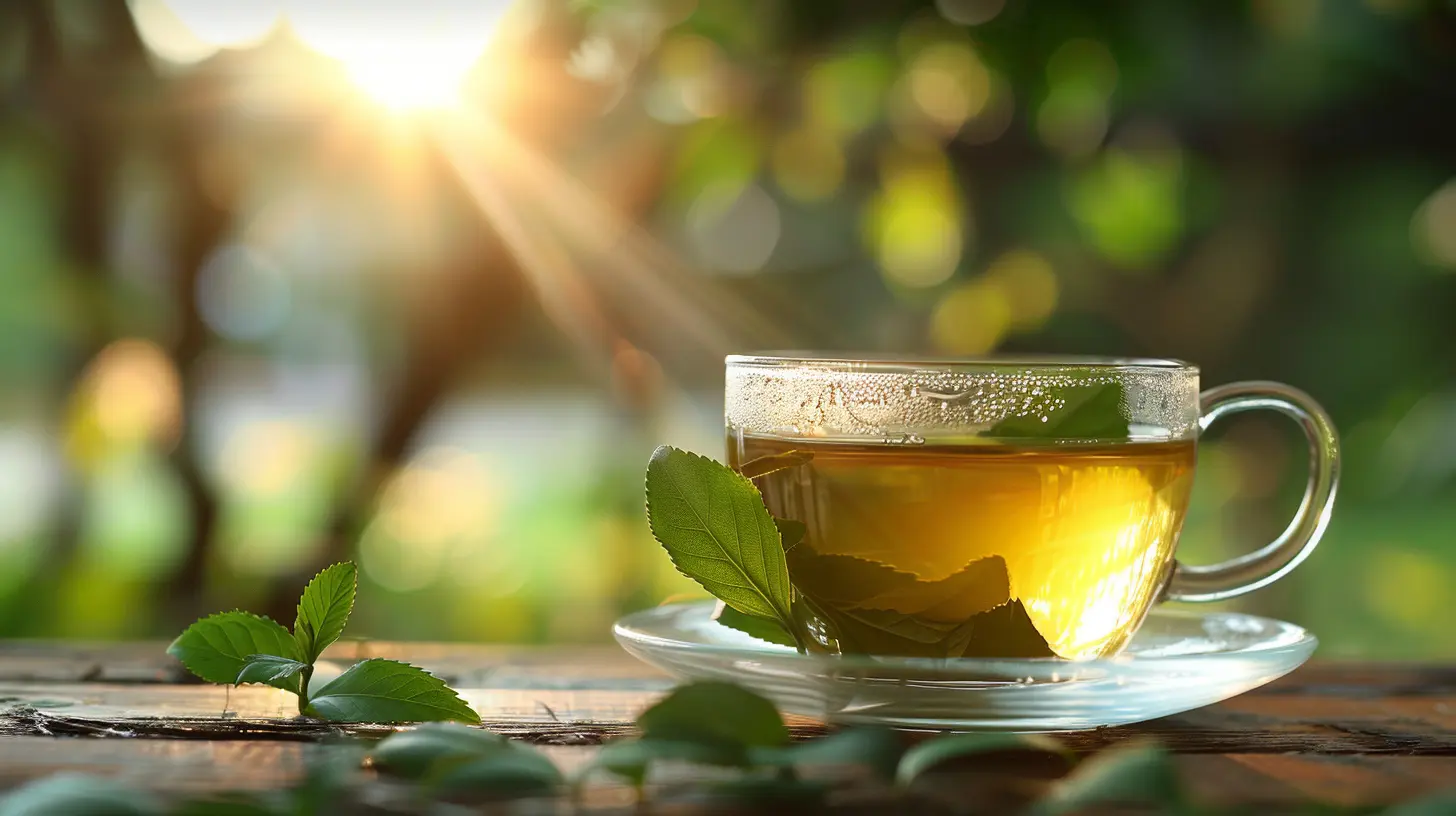
🧴 Tea Tree Oil for the Scalp: Say Goodbye to Flakes and Itch
Now, let’s move upward—to the scalp. You’d be surprised how much chaos goes on up there, especially when it’s irritated or unbalanced.1. Bye-Bye Dandruff
Tea tree oil is a dandruff destroyer. Why? Because dandruff is often caused by an overgrowth of yeast or fungi like Malassezia. This oil swoops in, shuts that party down, and restores peace on your scalp.Mix a few drops into your regular shampoo or buy a tea tree oil-infused shampoo. Your scalp will thank you.
2. Scalp Acne and Buildup? Handled.
Just like your face, your scalp can break out. Greasy roots, clogged hair follicles, buildup from styling products—it’s a mess. Tea tree oil clarifies your scalp, unclogs those follicles, and promotes a healthier environment for hair to grow.3. Boost Hair Growth (Yes, Really!)
While tea tree oil doesn’t magically grow Rapunzel hair, it does create the ideal conditions for hair to grow strong and healthy. By reducing inflammation and boosting blood flow, it ensures your follicles are happy and nourished.🧪 How to Use Tea Tree Oil Safely
Okay, now that you're pumped about tea tree oil, let’s talk safety. Because while it’s a miracle in a bottle, it’s not invincible—and neither is your skin.Always Dilute It
This stuff is strong. Never apply tea tree oil directly to your skin or scalp without diluting it with a carrier oil (like coconut, olive, or almond oil). A good rule of thumb? About 2–3 drops of tea tree oil per tablespoon of carrier oil.Do a Patch Test
Always do a patch test before using it widely. Apply a diluted mixture to a small area of your skin (like your inner forearm) and wait 24 hours. No redness or itching? You’re good to go.Don’t Ingest It
Even though it’s natural, tea tree oil is not safe to swallow. Keep it away from your mouth and out of reach of little ones and pets.🧴 DIY Recipes Using Tea Tree Oil
Feeling creative? Here are a few easy DIY recipes you can whip up at home using tea tree oil.1. DIY Acne Spot Treatment
Ingredients:- 1 tsp aloe vera gel
- 2 drops tea tree oil
Mix and apply to pimples before bed. Wash off in the morning. Simple and effective.
2. Dandruff-Busting Scalp Spray
Ingredients:- 1 cup water
- 10 drops tea tree oil
- 5 drops peppermint oil (optional)
Pour into a spray bottle. Spritz on your scalp before showering and massage gently. Leave on for 15 minutes.
3. Skin Soothing Bath Soak
Ingredients:- 1 cup Epsom salt
- 10 drops tea tree oil
- 1 tbsp olive oil
Add to your bathwater and soak for 20 minutes to calm irritated skin.
🧠 The Psychology Behind Smelling Better and Feeling Better
Let’s not ignore the mental wellness aspect. Tea tree oil, with its clean, refreshing scent, can have mood-boosting properties. Think of the last time you walked into a spa—calming, right? That’s no coincidence.By simply adding a few drops into a diffuser, you can promote a sense of cleanliness and mental clarity. It’s like a breath of fresh air for your mind.
🛒 Choosing the Right Tea Tree Oil
Not all essential oils are created equal. When shopping, look for 100% pure, organic tea tree oil. Make sure it’s steam-distilled and packaged in a dark glass bottle. This protects it from light and oxidation, which can reduce its effectiveness.Also, check if it contains at least 30% terpinen-4-ol and no more than 15% cineole—this ensures maximum therapeutic potency.
🧡 Final Thoughts: Is Tea Tree Oil Worth the Hype?
Short answer? Absolutely yes.Tea tree oil is one of those natural remedies that’s stood the test of time—and for good reason. From fighting acne to soothing your itchy scalp, it’s a multi-tasker that doesn’t demand much more than your trust and a little shelf space.
Sure, it’s not a magical potion that works overnight. But give it time, be consistent, and let nature do its thing. You’ll be amazed at how something so simple can be so powerful.
So next time your skin acts up or your scalp feels dry and flaky, you know who to call—your trusty little bottle of tea tree oil.
all images in this post were generated using AI tools
Category:
AromatherapyAuthor:

Sophia Wyatt
Discussion
rate this article
1 comments
Lira Phelps
Tea tree oil, with its natural antiseptic properties, offers a gentle yet powerful solution for skin and scalp issues. Always patch test first to ensure it suits your unique skin.
November 4, 2025 at 4:59 AM

Sophia Wyatt
Thank you for highlighting the importance of patch testing! It's essential for ensuring the best results with tea tree oil.


